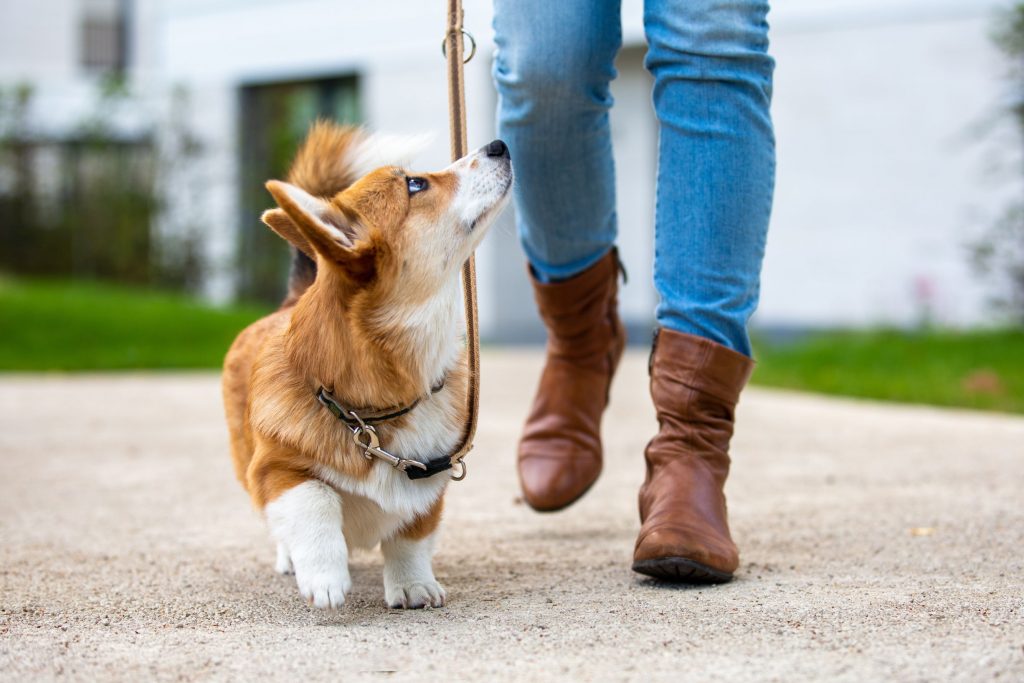How to Leash Train a Puppy in 5 Easy Steps

Walking on a leash with some manners is an essential skill for any well-groomed pup, from a tiny shih tzu to a gargantuan great Dane. How to get a puppy to walk on a leash like a civilized being isn’t always apparent, though. Based on our years of experience, your friends at Dupont Veterinary Clinic have the tips you need on how to leash train a puppy successfully. Read on to learn our secrets.
The Importance of Leash Training
Some training topics, like housebreaking, are obviously necessary to all pets. All dogs need to have the ability to properly walk on a leash as well. Even the tiniest of purse-sized pups will have the need to show off this skill. Leash training is important because:
- It helps to keep your pet out of another animal’s space (not all dogs are friendly, and wildlife is best left alone)
- Not all humans love dogs (we know, we know, but it’s true)
- Leashes can be a great training tool when managing behaviors like jumping and licking
- Leashes prevent accidents when the errant squirrel or tempting biker gets your pup’s attention
When you welcome a new dog into your home, leash training should be high on the priority list.
How to Leash Train a Puppy in 5 Easy Steps
You may be wondering how to get a puppy to walk on a leash. While it can take a little knowledge and patience, we have broken down how to leash train a puppy into a few easy steps that are sure to get you started off on the right paw.
- Select the right equipment. You will want a well-fitted, flat collar or harness for your puppy (you may have to upsize as your pup grows) and a six foot flat lead. Flexi-leads are not recommended.
- Let your pup acclimate! First, place the collar on your dog and then allow them to get used to it. If your puppy seems distressed, distract them with praise, treats, and play. Once your puppy doesn’t seem to notice the collar, let them drag the leash around so that they get used to the feeling of it. Don’t allow them to chew at it, instead distract them again! Keep sessions to a few minutes at first and gradually let them go longer as your dog tolerates. Never leave your puppy unsupervised with the leash and collar.
- Use leash training commands! A great place to start is with “let’s go!” Whenever your puppy gets near the end of the leash, announce “let’s go,” pat your leg, and apply gentle pressure to change direction. This command will help to keep your pet’s attention on you. When your puppy is getting the hang of it, you can start to work on heel.
- Add the heal command while on leash. Every time your pup starts to move away from your side, tell them to heel. Pair this with occasional treats to strengthen the response. Carry something tasty in a treat pouch at your side. If you use this method, your pup may never get to pull at the end of the leash.
- Increase the difficulty! Once your puppy is healing at your side well, make it more challenging by changing direction frequently. If done well this is almost a game! Once your pup is playing along well, you are ready to test their attention and skills in a more distracting environment.
Most puppies catch on to leash training quickly with a little work. If you are having trouble or need advice, please ask us! We love puppies and anything we can do to help them be safer and more model family members is our pleasure.

